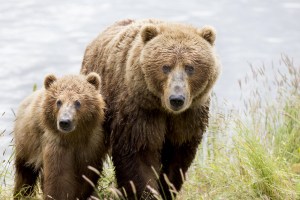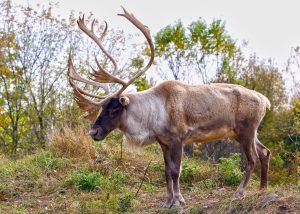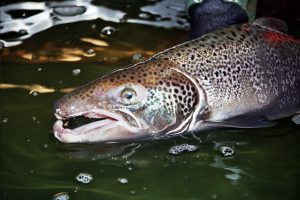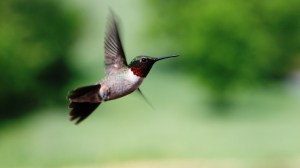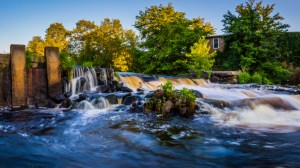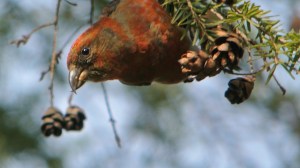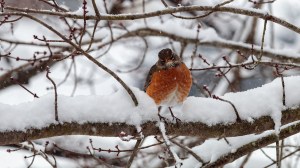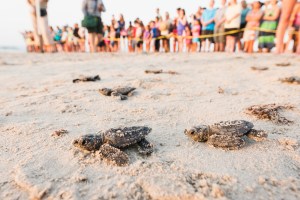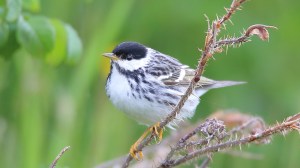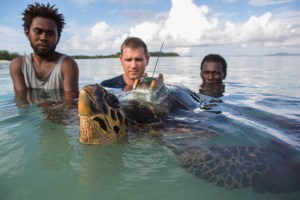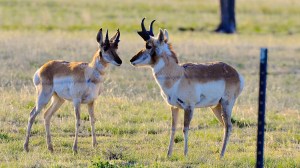Discover stories in Migration
For Brown Bears and Salmon, It’s Not Just About Numbers
New research shows how brown bears depend on the full complexity of salmon runs to make a living.
No Caribou for Christmas: A Disappearing Herd Now Down To One
The last herd of caribou that crosses into the “lower 48” now has one animal. What happened?
Salmon Migrate Using Earth’s Magnetic Field
A new study shows that even nonmigratory salmon are directed by the earth’s magnetic pull.
Curlews for Conservation: Tracking a Migratory Grassland Bird
Long-billed curlews are kings of camouflage, but tracking them reveals their nesting and migratory habits.
Hummingbirds Make an Incredible Journey North
It’s time to think about hummingbirds? Now? Yes! Watch for the green shimmer in your yard and report it to help protect these feisty migratory birds.
After 250 Years of Dams, Rhode Island River Restored for Migratory Fish
The last time fish could migrate unimpeded on the Pawcatuck River, George Washington was a surveyor, not a president.
Four Impressive Bird Migrations You Can Watch from Your Neighborhood
Keep an eye out for these four migrants at a backyard or city park near you.
Why Are You Seeing Robins in Winter?
Spring has certainly not arrived, so why have the robins?
Unlocking the Mysterious Journeys of Migratory Species in the Gulf of Mexico
Explore the Gulf of Mexico in a whole new way -- live animal tracking and maps included!
The Ocean Flyway: The Surprising Open Water Routes of Songbird Migrations
Research reveals that songbirds make much longer migrations over open water than previously thought. Why do they choose this arduous route?
New Protections & Tagged Turtles Provide Hope for the Arnavon Islands
A second round of satellite-tagged turtles provides more migration data, while the Arnavons rookery receives new protections to help prosecute poachers.
How Can the Pronghorn Cross the Fence?
Pronghorns may be the second fastest land mammal on earth, but a simple fence can stop them in their tracks.
